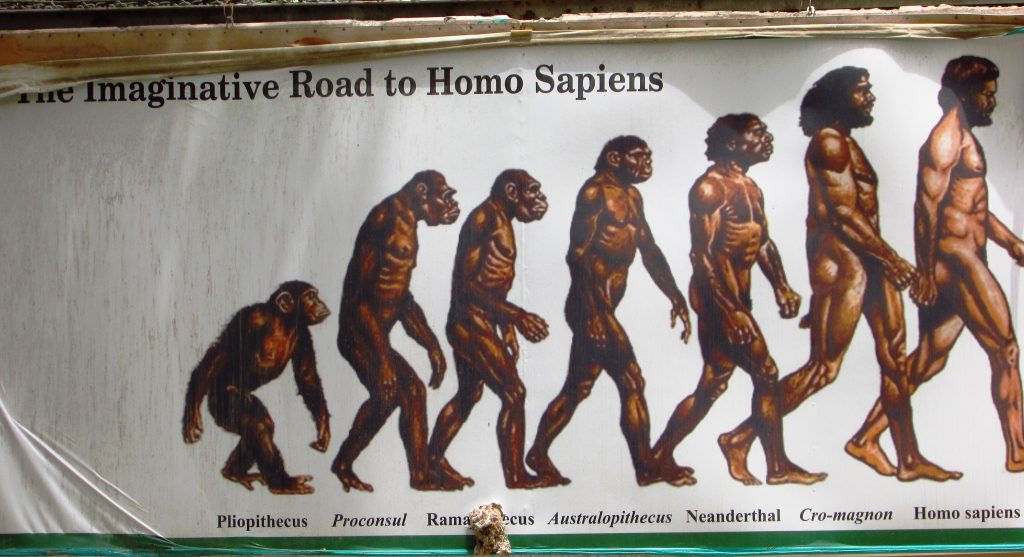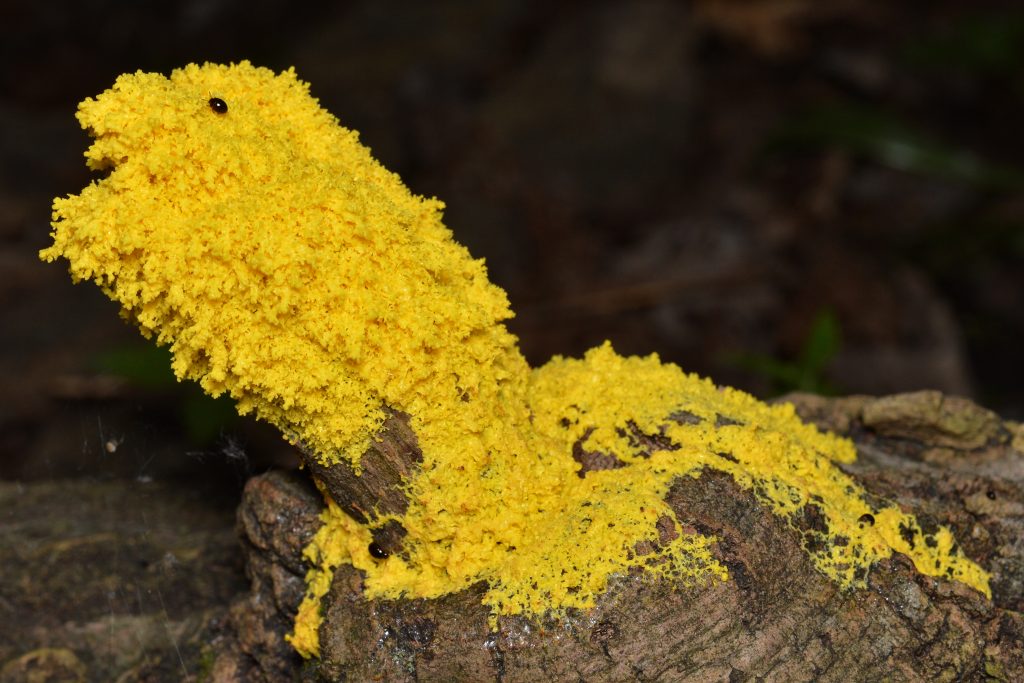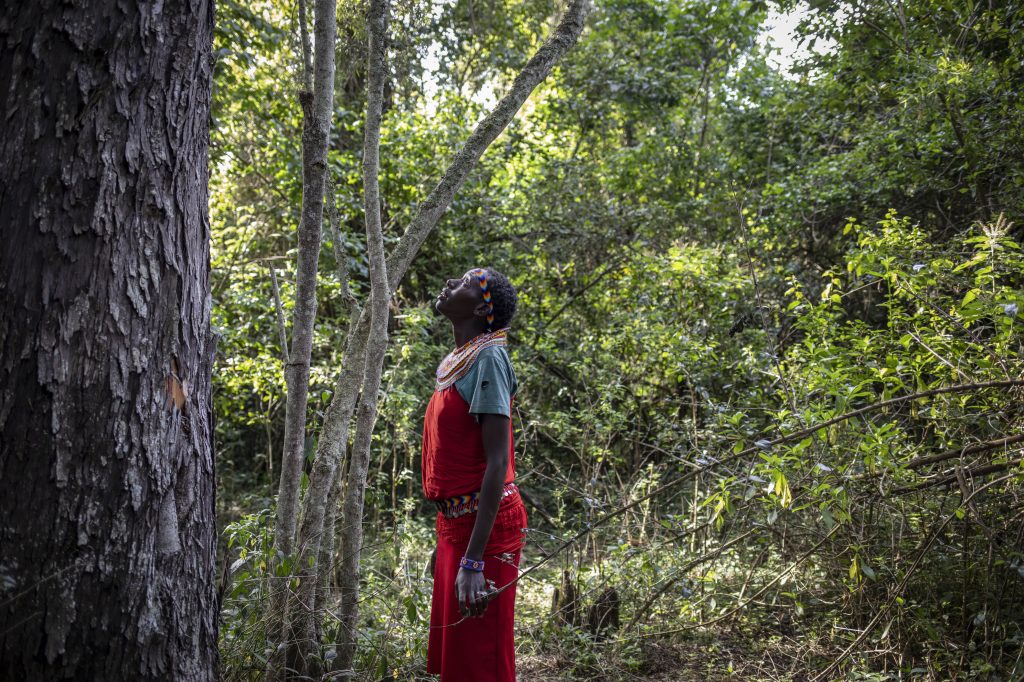The Problems of Evolution as a “March of Progress”

Herschel Walker, the former football star–turned–U.S. Senate candidate from Georgia, made headlines when he recently asked at a church-based campaign stop, if evolution is true, “Why are there still apes?”
This chestnut continues to be echoed by creationists, despite being definitively debunked. Anthropologists have repeatedly explained that modern humans did not evolve from apes; rather, both evolved from a shared ancestor that fossil and DNA evidence indicates lived 7 to 13 million years ago.
But Walker’s question raises a larger, timely point that generally escapes recognition even by some scientists and educators.
A more fruitful query might be, “If evolution is true, why are there still humans?” Why is our species almost universally seen as the logical endpoint of evolution, with all other species serving as inferior detours or temporary placeholders on an inevitable march toward humanity?
This default, hard-to-shake view of evolution has been debunked as definitively as Walker’s ape question. Yet it continues to be echoed in education, policy, business, conservation efforts, and the behaviors of the vast majority of people in Western, industrialized nations.
It is not necessarily surprising that non-scientists might see Earth’s history as a progression toward higher levels of complexity, with humans representing the most complex. What is startling is that traces of this view remain in scientific thought.
Biology teachers seldom realize it underlies lessons of four-chambered hearts “succeeding” over three-chambered hearts, or of simple urinary flame cells in flatworms and nephridia in earthworms “next giving rise to” kidney tubules in “higher” animals. As if humans are the benchmark by which all characteristics should be measured, and developing more human-like organs is a prime indicator of evolutionary advancement.
Worse, the progressive complexity view continues to infect anthropology. It’s exemplified by the iconic “March of Progress”—a linear sequence of slumped apes eventually supplanted by upright humans. And it persists in the ideas that certain “lower” ancestral human populations gave rise to, and were succeeded by, more complex people, who are often depicted as having lighter skin tones.
People must unlearn this idea that biological diversity is an ascending ladder of complexity, with humans on top and nonhuman species as imperfect transitions and lesser beings. The chief result of this misguided worldview is our casual disregard for the natural environment, which—via climate change, habitat destruction, and biodiversity loss—continues to cause disastrous consequences for humans and nonhumans alike.
Microbes HAVE ALWAYS RuleD the World
Humans are kin not only to apes but to every living thing. Like all other life forms, humans evolved from single-celled microbes. The last universal common ancestor (LUCA) of all living things on Earth was a bacterium-like organism that arose around 4 billion years ago. All living species today are equally evolved from and similarly distant from that microbe.
Imagine a giant tree with a huge trunk, many large limbs spawning numerous branches, and a leaf on the end of each twig. Human beings represent just one leaf. Our long-gone extinct ancestors correspond to fallen leaves. Each leaf is a unique species. Each has traveled the same distance from the tree’s base—or, put another way, from life’s bacterial origins to the present.
Science typically teaches that a Devonian “Age of Fishes” led to a Mesozoic “Age of Reptiles,” followed by a Cenozoic “Age of Mammals” culminating in our current Anthropocene, the “Age of Humans.” Yet as paleontologist Stephen Jay Gould argued in his 1996 book Full House, the apparent trend toward complexity is a bit of a mirage. Instead, Earth has remained, since life appeared, in an “Age of Bacteria” because of both their staggering abundance and overwhelming influence on all other organisms.
Who is to say that butterflies or dolphins are not “more evolved” than humans?
Consider that bacteria do countless things humans cannot, including orienting by magnetic fields, encysting to survive hundreds of years in “suspended animation,” and incorporating stray bits of DNA lying around their environment. Many bacteria make their own food by chemosynthesis or photosynthesis. Others glow in the dark, survive in anoxic muck or boiling water, or pick up metal particles to shield themselves from toxic and radioactive environments.
People remain dependent on “simple” bacteria to digest our food and produce vitamins in our gut—things humans can’t manage on our own. Microbes reign over the insides and outsides of our bodies. Their immense impact on human health—both positive and negative—is underestimated at our peril.
There Are No Higher or Lower Creatures
Naturalist Charles Darwin drafted a note to himself to “Never use the words higher or lower.” Apes did not appear just so they could morph into humans. Nor did reptiles evolve solely to give rise to mammals, nor fish to amphibians.
Frogs are perfectly happy being frogs. They are not frustrated creatures thwarted from attaining humanity. Further, frogs have many adaptions humans lack. Can you sit underwater for hours on end, or propel your tongue out of your mouth? Frogs’ incompletely divided hearts are often seen as makeshift transitions, but they divert blood from their lungs to their skin, where frogs can gain sufficient oxygen to sustain their low metabolism while resting underwater. Traits people often view as “imperfect” instead enable other species to attain outcomes humans could never achieve.
But it is not simply frogs, bacteria, and apes that are considered “less than” in the typical evolutionary story. Even other hominins—our closest ancestors—get short shrift. After seeing endless “March of Progress” memes, one might be forgiven for concluding that proto-humans existed on a straight and narrow path toward larger-bodied, bigger-brained hunters that directly replaced smaller, vegetarian ancestors. This is simply not true.
Robust herbivorous australopithecines, sometimes placed in the genus Paranthropus, continued to exist for at least a million or more years after smaller meat-eaters in the genus Homo appeared. Archaic Homo species did not disappear just as anatomically modern humans appeared, and Neanderthals had brains that were on average larger than those of our more gracile species.
Anthropologists studying genetic diversity have learned how fragile humanity is: During multiple population “bottlenecks,” our ancestors came within a hair’s breadth of extinction. Life has never been about attaining humanity. Humans evolved as a result of chance contingencies and random mutations.
As Gould famously argued in his 1989 book Wonderful Life, if evolution’s “tape were to be rolled back,” humans might not reappear. The world would surely be different if humans had never evolved, but frogs and butterflies might be better off, especially given humanity’s frequent disregard for the welfare of Earth and its inhabitants.
No one doubts human beings are special—indeed unique. After all, people are (to our knowledge) the only ones pondering evolution, not to mention creating symphonies and skyscrapers. Still, that is not saying much: All species are unique, or else they would not be distinct species in their own right. Each species can do things humans only dream of, whether flying or diving deep under the sea.
Truly, who is to say that butterflies or dolphins are not “more evolved” than us?
The Rise (and Fall?) of Anthropocentrism
Perhaps these inaccurate views of inevitable progress arose in large part because of the bizarre current circumstance in which Homo sapiens is the sole hominin left standing—a condition entirely unlike most of human and pre-human history.
People naturally think categorically and are primed to see differences rather than similarities between humans and other animals. Further, numerous studies show that people are instinctively teleological—tending to see goal-driven progress everywhere, starting at a very young age. This universal tendency is independent of culture and strong even among scientists, although it is undoubtedly reinforced by cultural conditioning.
In particular, this view of our species as the crowning achievement and inexorable culmination of Earth history is a product of Western philosophical and religious tradition, tracing more to Aristotle than to Australopithecus. Many people underestimate the extent to which this view has both fueled and been fueled by Judeo-Christian faiths and Western scientific sensibilities. Plato’s essentialism (with its emphasis on perfect versus imperfect forms) and Aristotle’s scala naturae (a hierarchical classification system for animals) are the bedrock underlying the Western anthropocentric worldview.
As Western culture overtakes and threatens to eradicate many Indigenous cultures, people living in industrialized societies often fail to see that anthropocentrism is merely one way of seeing the world. Religions such as Jainism and Buddhism are less anthropocentric than Abrahamic faith traditions. But they are still less ecocentric than philosophical Taoism, and most Native American and Aboriginal worldviews, which typically put all life on a level playing field.
In numerous Indigenous cultures, humanity does not exist on an elevated platform from which it looks down on other species. There is modesty and equity. There is appreciation and gratitude for all of nature rather than a sense that nature exists solely for humanity’s benefit, to use and squander as it sees fit (or perhaps does not see, failing to use the illustrious foresight for which H. sapiens is typically celebrated).
REIMAGINING THE “MARCH OF PROGRESS”
The “march of progress” view wrongly implies that nature, having successfully arrived at humanity, can stop its mission. It implies that evolution inexorably ends with us. But anthropology teaches that evolution continues apace, with H. sapiens as likely to continue evolving as every other species that survives to see another day.
So, perhaps the best retort to Herschel Walker and like-minded people is to wonder why, if evolution is true, humans do not live up to our potential. Why do all people not fully use their impressive brains and touted foresight? Why do they not accept and embrace science? Why do some sneer down on other species as lesser or lower? Why do they not care for all living things?
In this age of the Anthropocene, as H. sapiens puts its heavy and indelible stamp on every last corner of the globe, humanity must continue to evolve, in outlook most of all. All peoples must learn to accept what science clearly shows: that ours is simply one among many extraordinary species, and that humanity must be seen as a part of—not apart from—nature.
Ours may be a singular species, but ours is also a singular planet, the only one known to support precious life. To ensure that humanity’s fascinating story does not end tragically, all people should tell this story not with hubris but with humility.



































